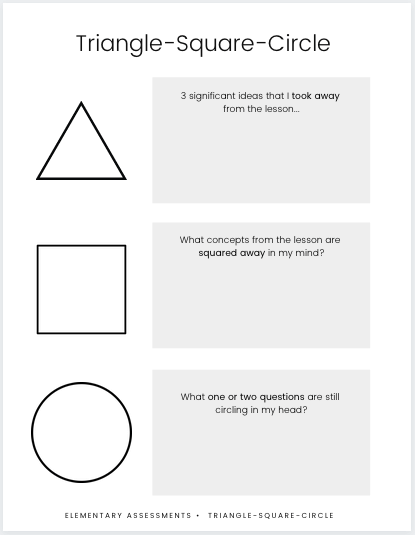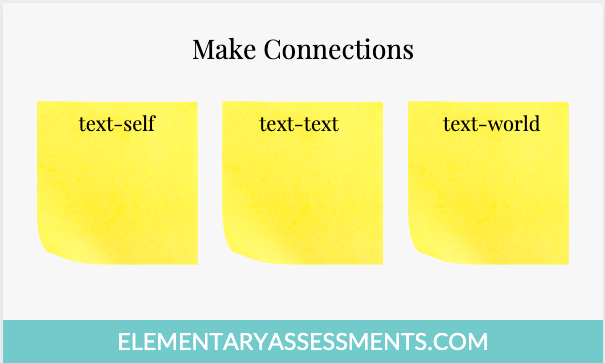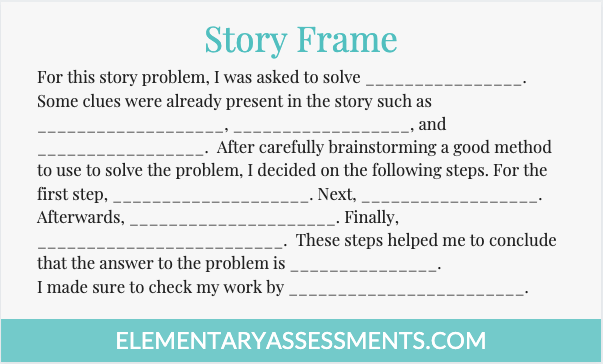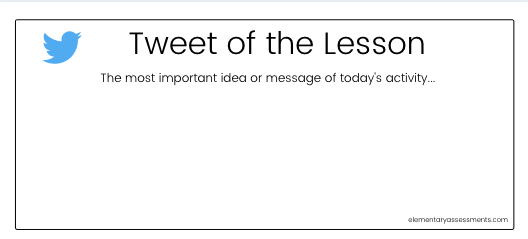When teachers need to determine what students “took away” from the reading lesson, reading exit tickets serve as a way to gather that information.
Reading exit tickets are formative assessments that allow educators to quickly assess students’ understanding of a topic or concept.
Armed with this information, teachers then plan targeted lessons that better meet the needs of learners.
In this post, find 15 powerful reading exit tickets that can be used to assess students’ comprehension of any lesson that involves reading.
Reading Exit Tickets
1. Circle-Triangle-Square
The Circle-Triangle-Square exit ticket uses 3 visual representations to guide students’ responses.
Each shape represents an idea…
Triangle = 3 ideas related to the lesson
Square = a thought or idea that “squares” well with the student
Circle = lingering questions or thoughts
Easily customize the prompts and questions based on the targeted learning objectives and needs of the class.
Example…
Triangle = Name 3 traits of the main character.
Square = What’s one reading skill you applied while reading chapter 2?
Circle = Give one (1) question you have pertaining to the last chapter.
2. Question Prompts and Sentence Stems
Of all the reading exit tickets, this is one of the easiest to implement.
Display one or two exit ticket questions or prompts that relate to the lesson on the board or projector.
Students respond in reader response journals, on a note card, or on a sticky note.
3. Emojis
Even the most reluctant learners actively participate when emoji exit tickets are incorporated into the lesson!
Emoji exit tickets serve as great additions to reader’s workshop.
4. Sketch and Caption
In one of the simplest reading exit tickets, students sketch plus label the key idea of a chapter or section using a sticky note or note card.
5. Thought Bubbles
Prompt students to jot down connections and questions.
As they read independently, students use sticky notes to record any meaningful connections they have with the characters, setting, plot, themes, etc.
6. Journal Entry
At the end of instruction, provide students five to ten minutes to jot down and/or sketch in their reading workshop notebooks any big ideas from the reading assignment.
7. Passport Out
Ask students to write one or two questions or comments about the day’s reading lesson before they “take off” to the next class or “take off” for the day.
Exit Tickets for Reading Comprehension
8. Simile Summary
Using this reading comprehension exit ticket, students elaborate on the main idea using a simile.
For example, a fraction is like a pizza because…

9. Anchor Chart Graphic Organizers
To assess various reading comprehension skills, create a few anchor chart graphic organizer templates such as a K-W-L chart, T-chart, Venn Diagram, etc.
At the conclusion of the lesson, have students record their exit ticket responses on a sticky note and then place it in the appropriate section of the anchor chart.
10. Making Connections
Distribute a sticky note to each student.
Each writes one connection (text-to-self, text-to-text, or text-to-world) that she had with the lesson.
Analyze the information, and use the data to plan future lessons.
11. Story Frame
Include story frames as part of your exit tickets.
First, strategically choose a text. Then rewrite it, omitting certain words or phrases.
Now students complete the “story frame”, using the context of the selection plus their prior knowledge.
12. Get the Gist
In 20 words or less, students write the summary of the lesson. They can jot it done in their reader response journal or on a sticky note.
13. Power Question
On a sticky note, learners write one or two higher-order thinking questions about the lesson that they would like discussed in an upcoming lesson.
14. Tic-Tac-Toe Graphic Organizer
If assessing how well students grasp vocabulary from an activity, Tic-Tac-Toe exit tickets serve this purpose well.
Here’s how this reading exit ticket works…
- First, gather approximately 12-15 important terms from the text, and have students place them on a Tic-Tac-Toe graphic organizer.
- Afterward, learners create 5 meaningful sentences using the words.
- The sentences should include 3 words straight across in any row, straight down from any column, or from any diagonal.
- As a set of three words is used, it’s crossed out.
- The same set of three words cannot be used again unless it’s part of another set.
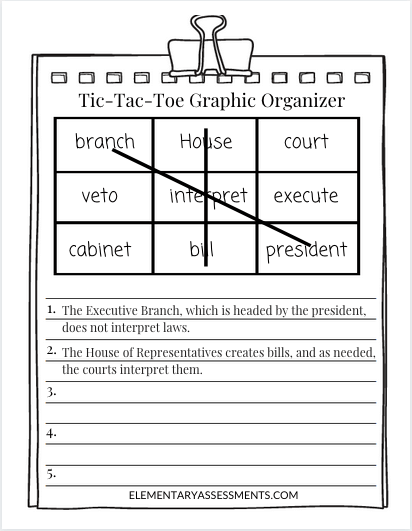
15. Tweets
Using a Tweet reading exit ticket, learners sum up their understanding of the lesson using a Tweet template.
They’ll jot down the most important message or idea of the activity.
Final Thoughts: Reading Exit Tickets
Using these practical reading exit tickets for comprehension, teachers can easily check for understanding, gather essential classroom data, and modify instruction so that students continuously progress.

